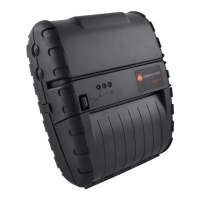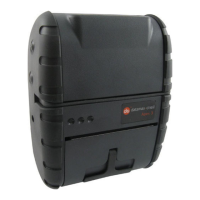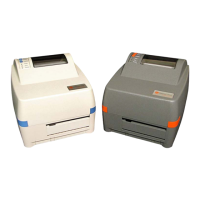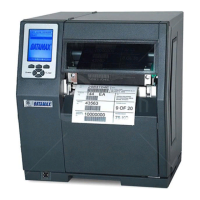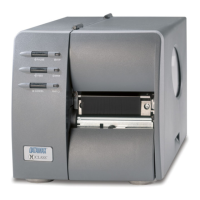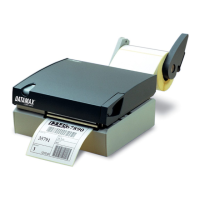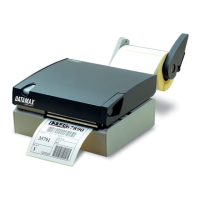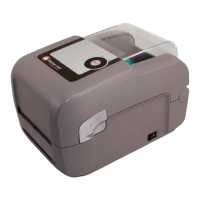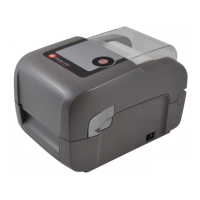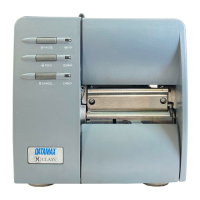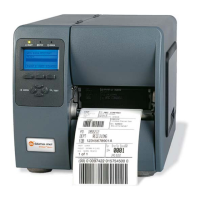Do you have a question about the Datamax Label Printer and is the answer not in the manual?
| Print Method | Thermal Transfer/Direct Thermal |
|---|---|
| Resolution | 203 dpi, 300 dpi |
| Media Type | Labels, tags, receipts, or tickets |
| Media Thickness | 0.0025 in (0.0635 mm) to 0.010 in (0.254 mm) |
| Connectivity | USB, Serial, Ethernet |
| Storage Temperature | 140°F (-40°F to 60°C) |
| Power Requirements | 100-240 VAC |
| Dimensions | Varies by model |
| Weight | Varies by model |
Provides an overview of the OvationTM2 printer as a high quality, low cost direct thermal and optional thermal-transfer label printer.
Instructions for inspecting the shipping container and contents of the printer package upon arrival.
Lists necessary items for label generation, including serial/parallel cables, power cords, media, and software.
Details on connecting the printer to an external power supply, ensuring voltage compatibility.
Explains how to connect the printer to a host computer via serial or parallel cable.
Provides cable configurations for serial (RS-232C) interfaces between the host and printer.
Step-by-step guide on how to properly load media rolls into the printer.
Instructions for loading media specifically for the peel-off configuration, including routing the backing.
Guide for loading ribbon for thermal transfer printing, including hub installation and switch setting.
Details on adjusting ribbon handler and thumbwheel for different media and ribbon widths.
Explains how to adjust the ribbon tension using the ribbon handler feature for optimal results.
Describes how to use the thumbwheel to adjust the printhead for various media widths for optimal print quality.
Procedure for performing a power-up and self-test to print configuration and test labels.
Instructions on how to reset the printer's settings to the factory default configuration.
Describes the location and function of the printer's switches and status indicator LEDs.
Overview of optional features and accessories for the printer, such as Thermal Transfer, External Cutter, and DRAM Expansion.
Introduces label generation using RS-232 or parallel communications with labeling software.
Explains attention getters and command characters required for programming label formats.
Provides practical examples of programming code for generating labels, including barcode examples.
Details the configuration command string format for setting printer operating parameters like baud rate and print method.
Explains the use of memory cartridges for storing graphic images, fonts, and label formats.
Introduces the chapter covering printer cleaning, adjusting, and troubleshooting tips.
Provides instructions and warnings for safely cleaning the printer's printhead using isopropyl alcohol.
Details how to adjust the printhead using a set screw to achieve optimal print quality.
Step-by-step guide for removing and replacing the 203 DPI printhead.
Step-by-step guide for removing and replacing the 300 DPI printhead.
Introduces common problem situations and potential solutions for the printer.
Provides a chart of ASCII control codes used for printer commands, including decimal, hexadecimal, and character representations.
Details mechanical dimensions, print speed, resolution, media handling, communications interfaces, and electrical specifications for the printer.
Lists and describes all available fonts and bar code types supported by the printer, including character sets and formatting.
Explains the meaning of specific error codes transmitted by the printer, such as 'v', 'R', and 'T', to aid in diagnosing issues.
Outlines the limited warranty statement for the printer and thermal printhead, including coverage, exclusions, and service procedures.
